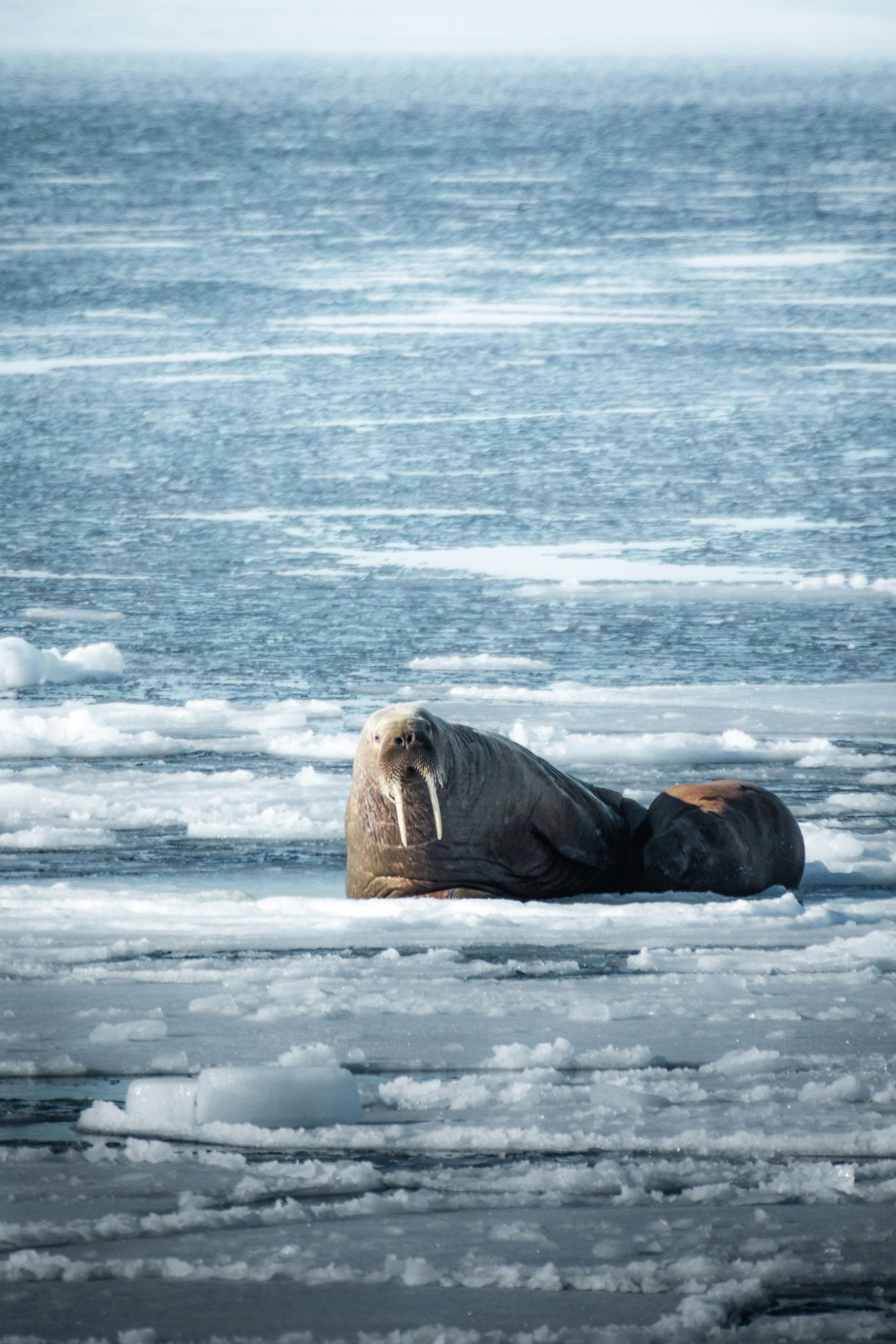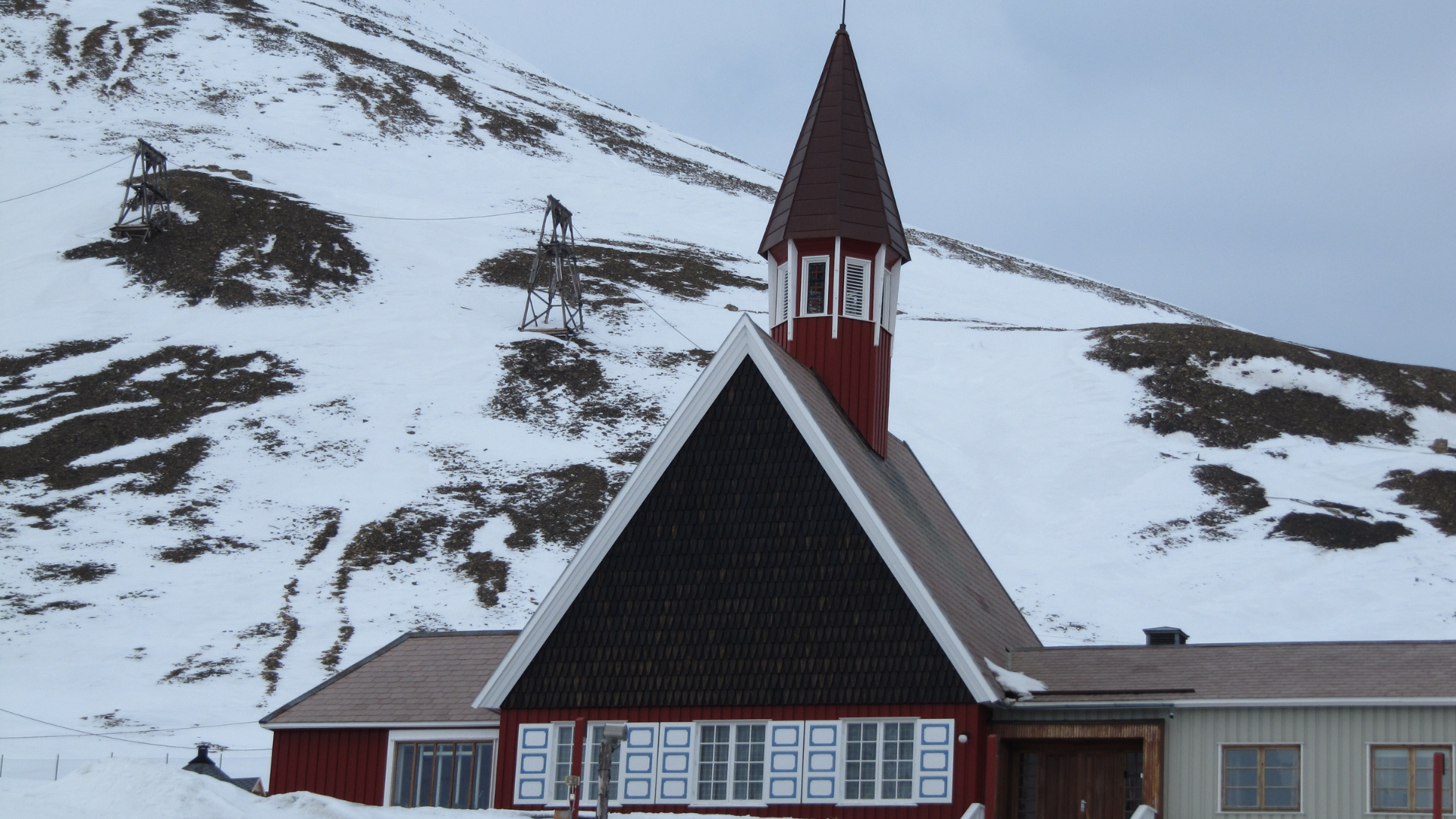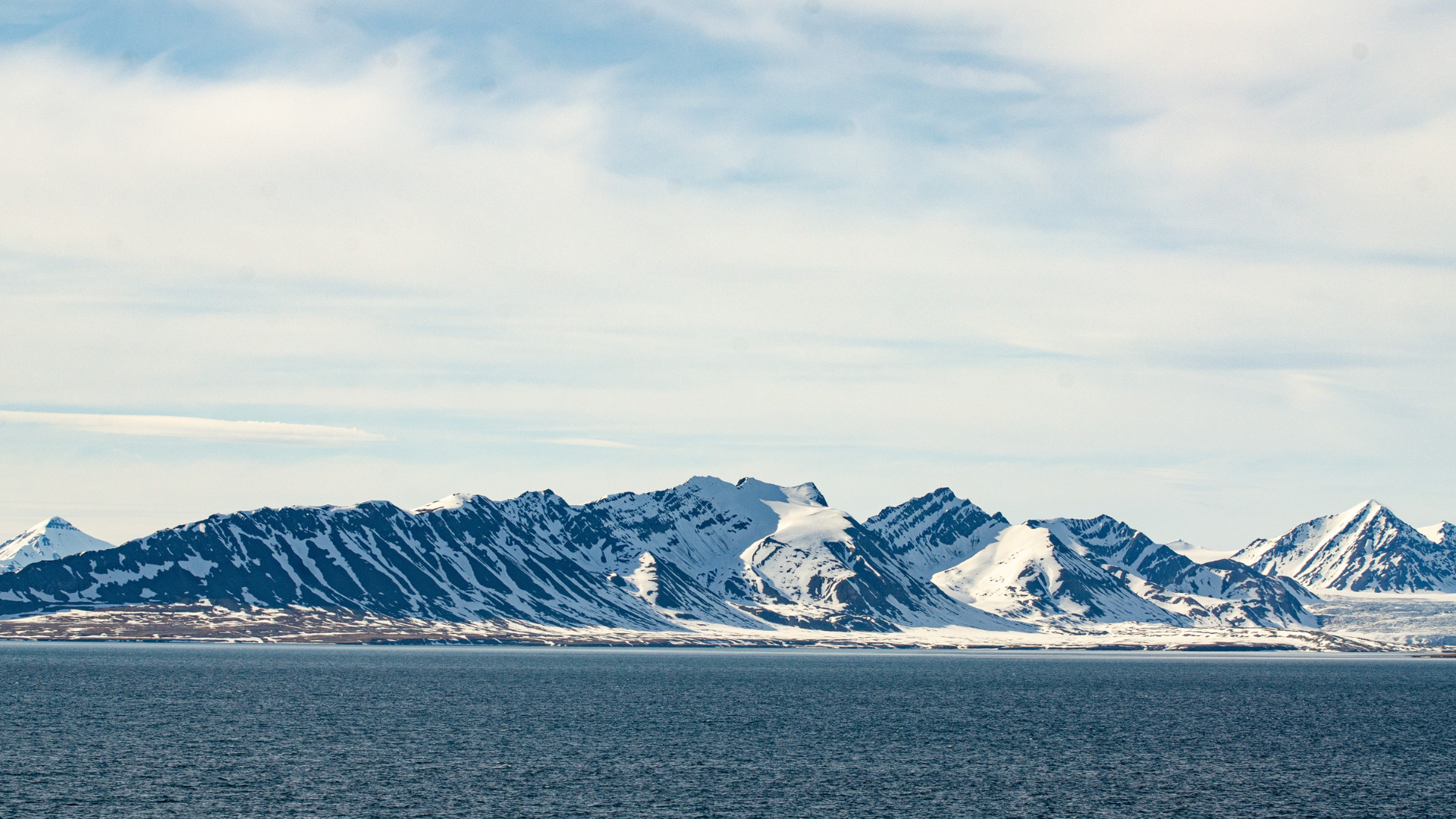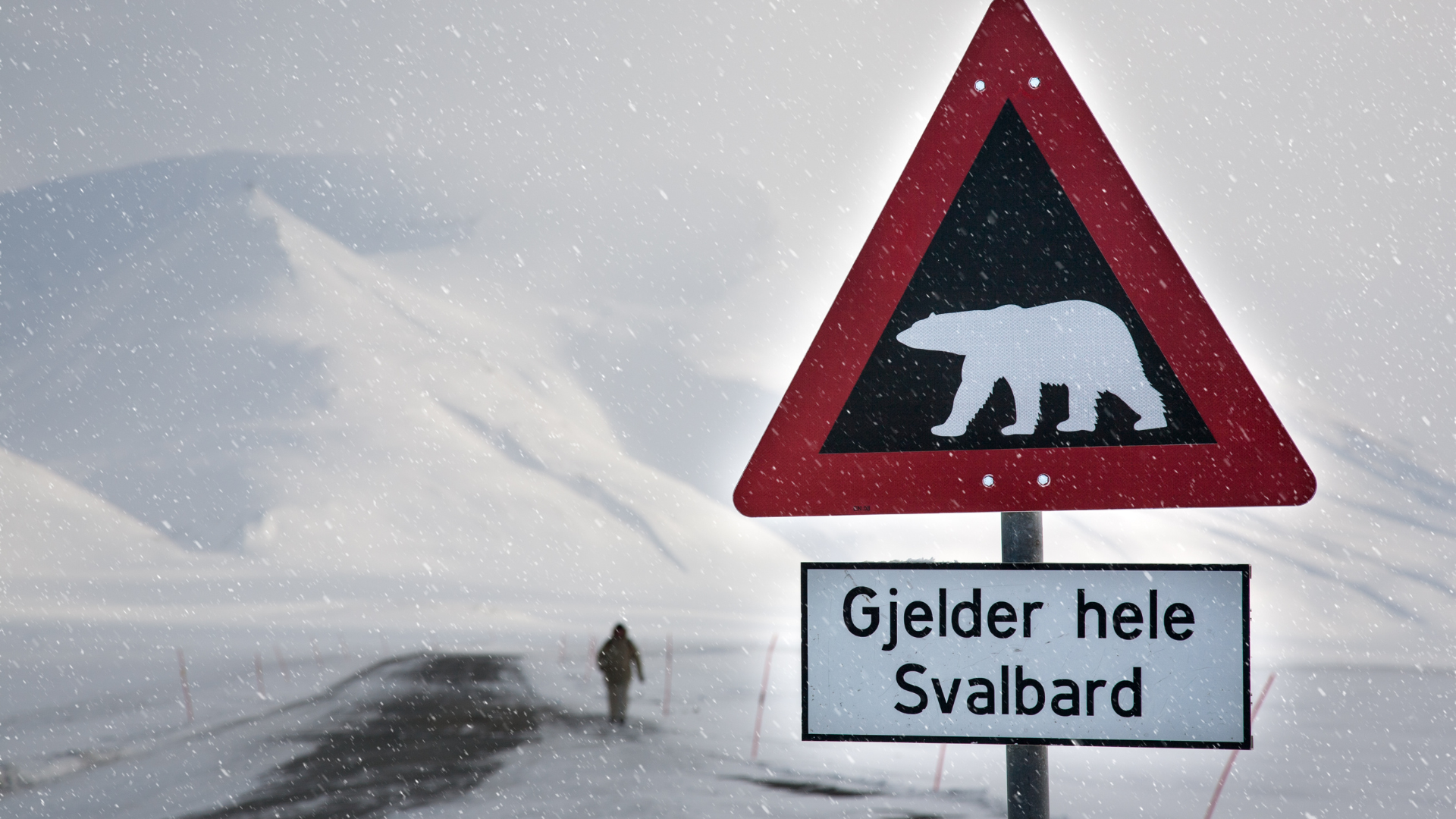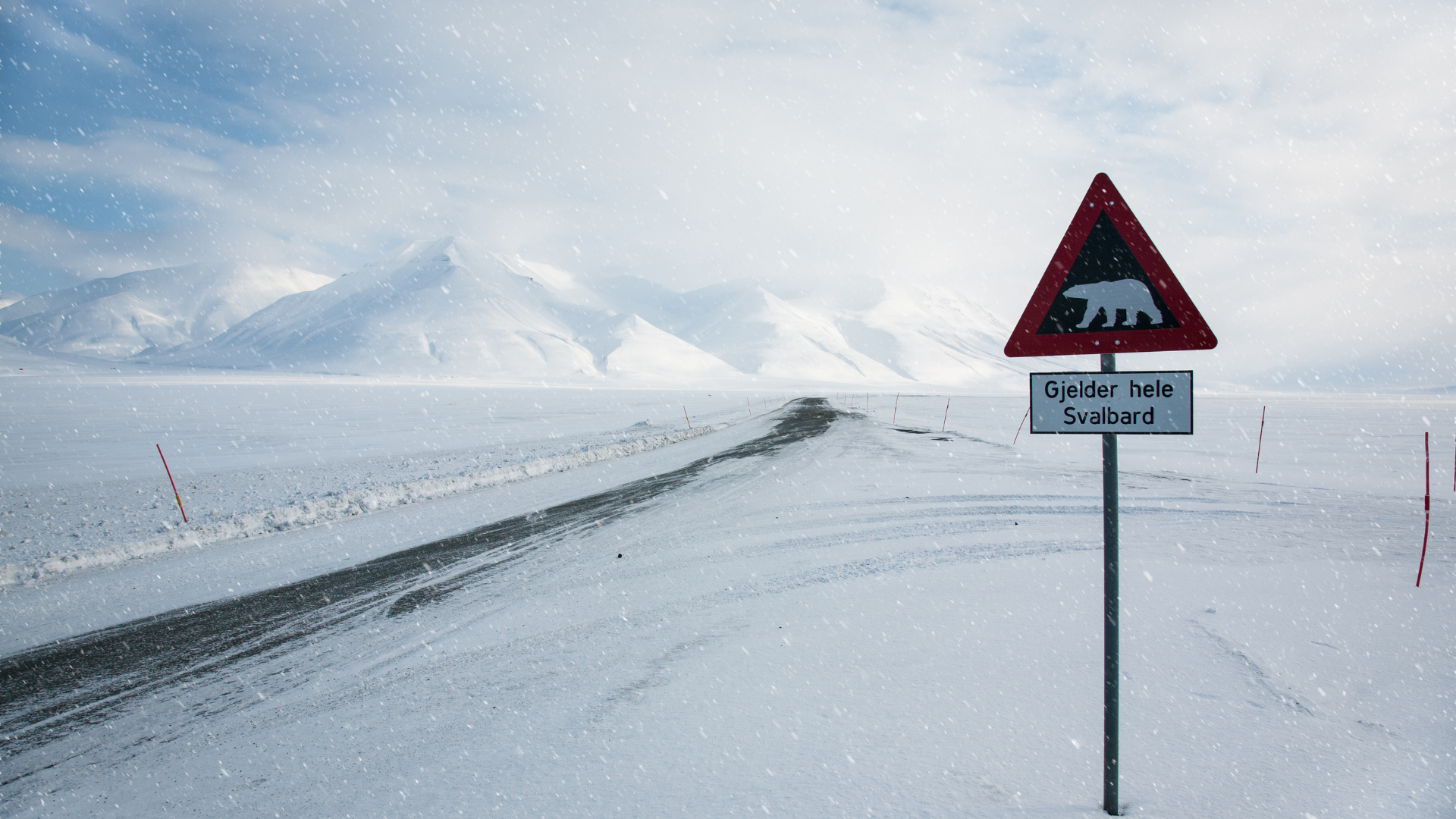Spitsbergen: How to Prepare Accordingly in April
Spitsbergen: How to Prepare Accordingly in April

April in Spitsbergen marks the transition from the long Arctic winter to the arrival of spring. The days grow longer, and temperatures begin to rise, but the environment remains challenging and requires careful preparation. One of the most important aspects of preparing for a trip to Spitsbergen in April is understanding the weather. While the temperatures may be milder compared to the winter months, they can still be quite cold, often ranging between -10°C (14°F) and 0°C (32°F). Dressing in layers remains crucial, with a moisture-wicking base layer, an insulating middle layer, and a windproof and waterproof outer layer to protect against the elements.
As daylight increases, the opportunity for outdoor activities expands. The return of the sun brings brighter days, but the reflection of sunlight off the snow can be intense. Bringing sunglasses and sunscreen is essential to protect your eyes and skin. Light therapy lamps may still be useful for maintaining a healthy circadian rhythm, especially during the transition period. Headlamps and flashlights are still necessary for any activities that extend into the early morning or late evening hours.
Travel within Spitsbergen during April requires careful planning and preparation. Snowmobiles remain a popular mode of transportation, but as the temperatures rise, the snow conditions can change, making travel more challenging. Having proper training or traveling with a guide is recommended to navigate the shifting terrain safely. Carrying emergency supplies, such as blankets, food, and a first-aid kit, is essential in case of breakdowns or delays. As the snow begins to melt, be prepared for potentially wet and slushy conditions.
The wildlife in Spitsbergen becomes more active in April as the days grow longer. Polar bears continue to roam the region, and sightings are a highlight of any trip. Always travel with a guide who is trained in polar bear safety and equipped with deterrents such as flares or rifles. Understanding polar bear behavior and maintaining a respectful distance is crucial. Additionally, other wildlife, including Arctic foxes and Svalbard reindeer, become more visible, adding to the richness of the Arctic experience.
Accommodation in Spitsbergen during April requires advance planning. Longyearbyen offers a range of lodging options, from hotels to guesthouses, and booking early is advisable due to the limited availability. Staying in Longyearbyen provides access to amenities like shops, restaurants, and medical facilities. For those seeking a more immersive Arctic experience, remote cabins offer opportunities for solitude and closer encounters with nature. These cabins often provide better chances for viewing the northern lights and enjoying the serene Arctic landscape.
Food and hydration are important considerations when preparing for a trip to Spitsbergen in April. The cold weather can increase your body's calorie needs, so bringing high-energy snacks is advisable. Longyearbyen has a selection of restaurants and a grocery store, but options can be limited and expensive due to the remote location. Staying hydrated is crucial, as the cold can be deceptively dehydrating. Carrying a thermos with hot drinks can help keep you warm and hydrated during outdoor activities.
Outdoor activities are a major draw in Spitsbergen in April, and proper gear and preparation are essential. Snowshoeing, ice climbing, and dog sledding remain popular, but the changing snow conditions require adaptability. Each activity has specific gear requirements and safety considerations, so working with experienced guides and outfitters is recommended. They can provide the necessary equipment and ensure that you have a safe and enjoyable experience in the evolving Arctic conditions.
Respecting the local culture and environmental regulations is essential when visiting Spitsbergen. The Svalbard Environmental Protection Act governs activities to preserve the natural environment. Familiarizing yourself with these regulations and adhering to them will help minimize your impact on this fragile ecosystem. Engaging with the local community and learning about the history and culture of Spitsbergen can also enrich your visit, providing a deeper understanding of life in this unique part of the world.


